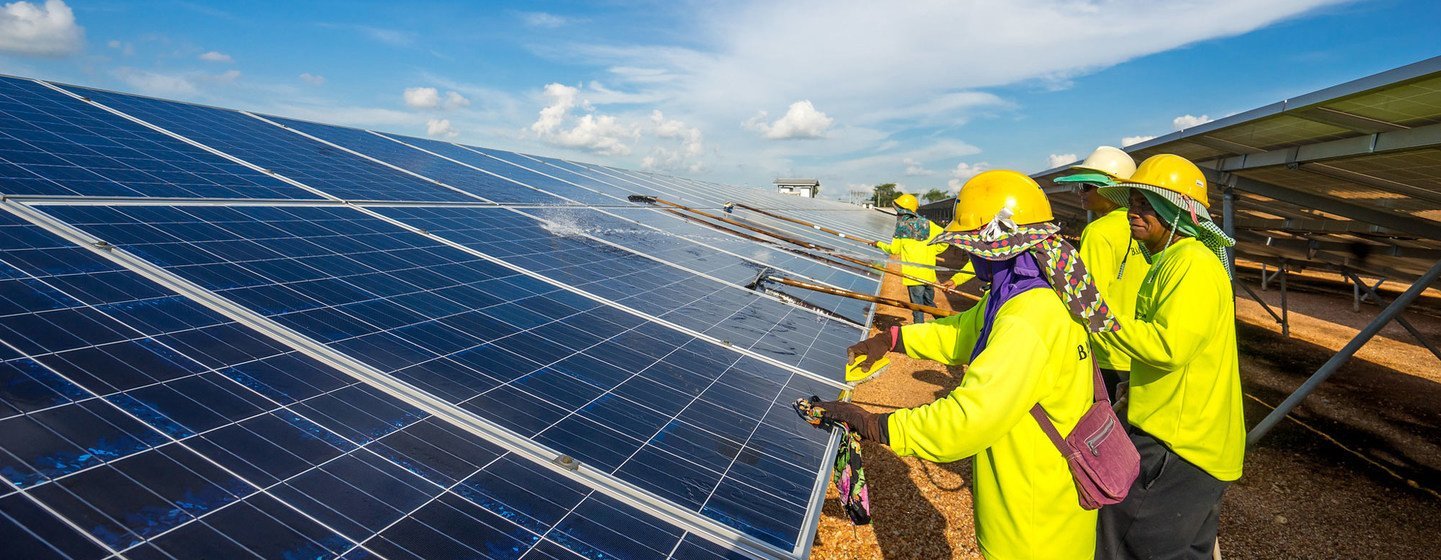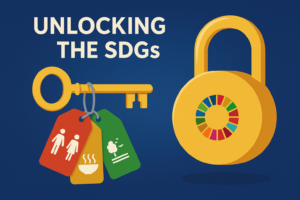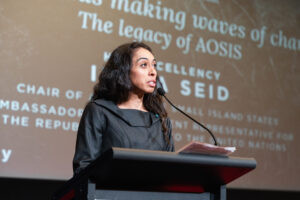Key Impact Points:
- Desertification affects 15.5% of global land, exacerbating poverty and food scarcity.
- 2024 marks a pivotal year with COP16 and the World Economic Forum addressing desertification.
- Effective mitigation strategies include reforestation, sustainable land management, and the Great Green Wall initiative.
Understanding Desertification and Its Importance
Desertification is the process where drylands become increasingly arid, driven by climate change, deforestation, overgrazing, and unsustainable agricultural practices. This degradation leads to loss of productive soil, biodiversity, and water resources, significantly impacting human life.
The Global Scope of Desertification
The United Nations reports that 15.5% of land is now degraded, a 4% increase in just four years. With 2024 set to be a crucial year for combating desertification, events like COP16 in Saudi Arabia and the World Economic Forum’s Sustainable Development Impact Meetings are mobilizing action. Ibrahim Thiaw, Undersecretary-General and Executive Secretary of UNCCD, emphasized, “You cannot just solve the issue of biodiversity or climate or land degradation alone; you have to have a very coherent view.”
Who Is Most Affected?
Desertification impacts approximately 500 million people globally, particularly in regions like Africa and Asia. In Africa, around 40 million people are already facing severe drought conditions. In Asia, countries like China and Uzbekistan are experiencing rising temperatures and diminishing water security. The situation is dire, with three-quarters of the population expected to face water scarcity by 2050.
Change the World - Subscribe Now
The Consequences of Desertification
Desertification exacerbates poverty, food insecurity, and health issues due to malnutrition and lack of clean water. It also increases vulnerability to climate change and extreme weather, leading to forced migration. The Aralkum desert in Central Asia exemplifies this crisis, where the Aral Sea has shrunk dramatically due to unsustainable irrigation practices, leaving communities devastated.
Mitigation Strategies
Addressing desertification requires a multifaceted approach. Successful initiatives include:
- Reforestation and Afforestation: In Uzbekistan, a regreening program has planted trees across one million hectares of the Aral desert.
- The Great Green Wall: Launched by the African Union, this initiative aims to restore 100 million hectares of degraded land across 22 African countries, creating 10 million jobs by 2030.
- Sustainable Land Management: Practices such as agroforestry and sustainable grazing can improve crop yields and livelihoods.
- Water Management: Techniques like rainwater harvesting and drip irrigation can mitigate water scarcity.
Conclusion
Desertification poses a significant threat to global stability, impacting food security, health, and migration patterns. Urgent, coordinated action is essential to combat this crisis and protect vulnerable populations worldwide.
Related Article: Change of Heart at the EU: Deforestation Law Delayed












